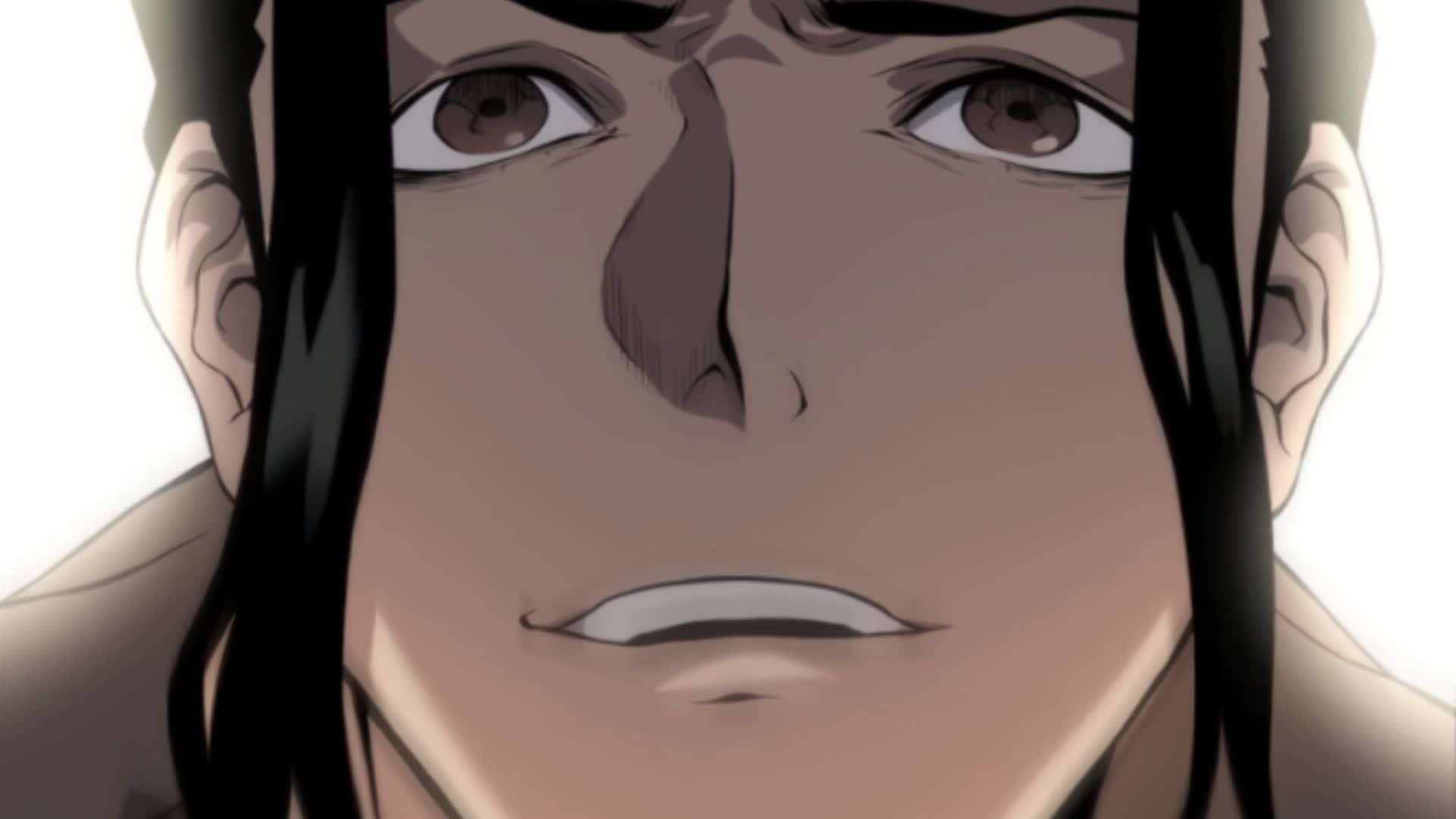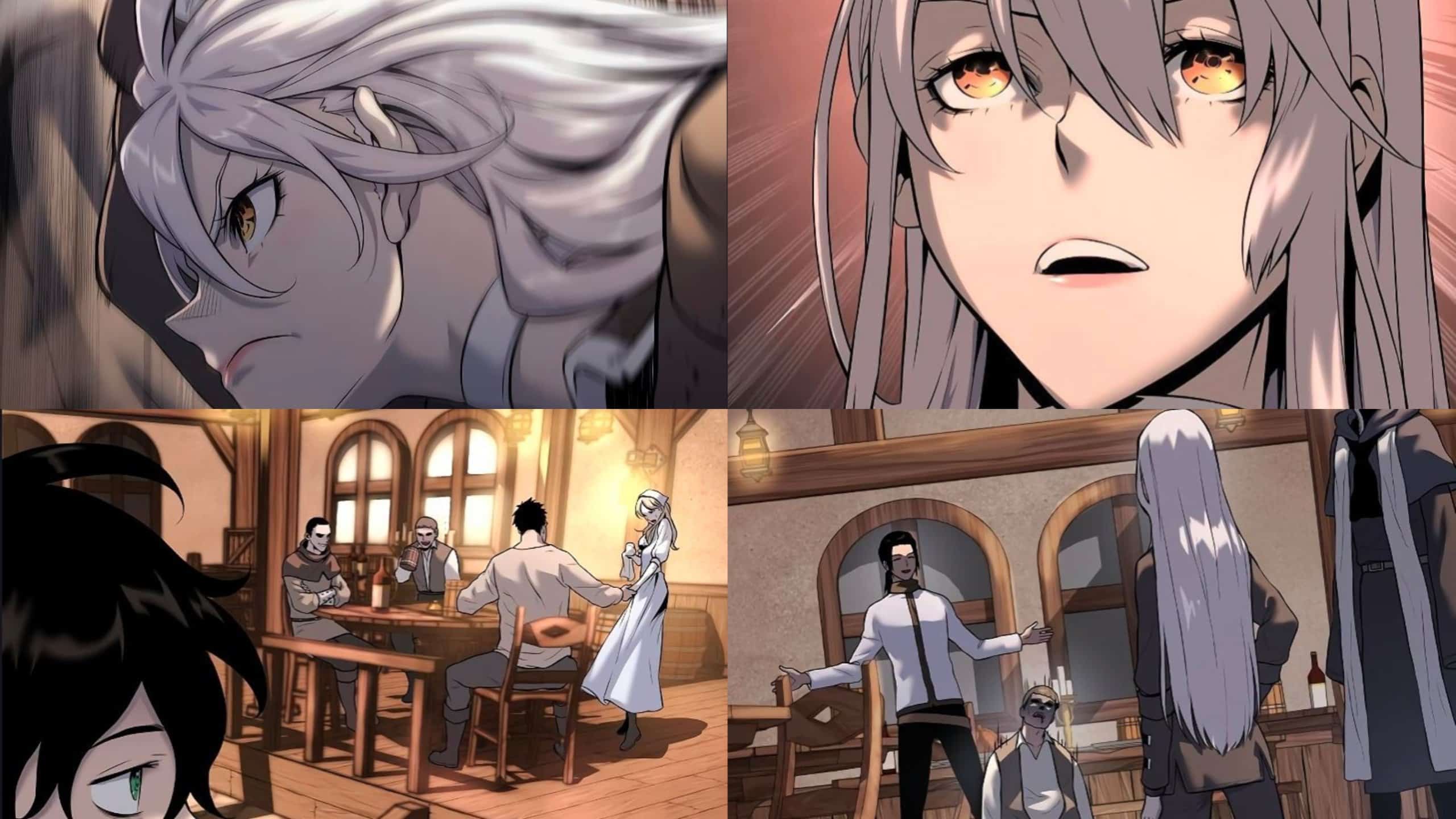The priest of corruption chapter 15 – Embarking on a journey into the heart of “The Priest of Corruption: Chapter 15,” we delve into a realm of intrigue, deceit, and the unraveling of hidden truths. As the chapter unfolds, we witness the intricate relationships and motivations of key characters, their actions shaping the destiny of the narrative. Join us as we analyze pivotal events, uncover profound themes, and explore the evocative imagery that paints a vivid tapestry of this captivating chapter.
Prepare to be enthralled by the protagonist’s relentless pursuit of justice and the antagonist’s cunning machinations. The clash between their ideologies ignites a conflict that reverberates throughout the chapter, leaving readers on the edge of their seats.
Key Characters and their Roles: The Priest Of Corruption Chapter 15

In chapter 15, the key characters play pivotal roles in shaping the plot and driving the narrative forward.
The protagonist, Aether, is a young priest grappling with the corruption that has infected his temple. Driven by a deep sense of duty and a desire to restore purity to his faith, he embarks on a perilous journey to confront the source of the corruption.
Opposing Aether is the antagonist, Bishop Erebos. A corrupt and power-hungry figure, Erebos seeks to use the corruption for his own nefarious purposes. His machinations threaten to destroy the temple and plunge the realm into darkness.
Other significant characters include Sister Celeste, Aether’s loyal companion and a skilled healer, and Brother Darius, a cynical and pragmatic warrior who initially doubts Aether’s cause.
The relationships between these characters are complex and dynamic. Aether and Celeste’s bond is one of deep friendship and mutual support, while Darius’ skepticism challenges Aether’s faith and forces him to question his own motives.
Aether’s Motivations
Aether’s primary motivation is to cleanse his temple from corruption and restore its sacred nature. He believes that the corruption is a threat to his faith and the well-being of his community.
Aether’s journey is not without its challenges. He faces inner turmoil as he grapples with the moral implications of his actions and the sacrifices he must make to achieve his goal.
Bishop Erebos’s Motivations
Erebos’s motivations are driven by his lust for power and his desire to control the temple. He sees the corruption as an opportunity to increase his influence and manipulate others to his will.
Erebos is a cunning and ruthless antagonist who will stop at nothing to achieve his goals. His actions pose a significant threat to Aether and his allies, as well as the entire realm.
Impact on the Plot
The actions of the key characters in chapter 15 have a profound impact on the plot. Aether’s journey sets the stage for a clash between good and evil, while Erebos’s machinations create obstacles that Aether must overcome.
The relationships between the characters also drive the narrative forward. Aether’s bond with Celeste provides him with support and encouragement, while Darius’ skepticism forces him to confront his own doubts.
Plot Summary and Analysis

In Chapter 15, the battle between the priests of Corruption and the forces of Light intensifies. The priests unleash their most powerful spells, causing widespread destruction and chaos. The forces of Light fight back valiantly, but they are outnumbered and outmatched.
The chapter culminates in a climactic confrontation between the High Priest of Corruption and the leader of the forces of Light. The High Priest reveals his true intentions: to plunge the world into darkness and chaos. The leader of the forces of Light vows to stop him, even if it costs his own life.
Significance of Key Events
- The battle between the priests of Corruption and the forces of Light intensifies, highlighting the growing conflict between good and evil.
- The High Priest of Corruption reveals his true intentions, setting the stage for a final showdown between the forces of Light and Darkness.
- The leader of the forces of Light vows to stop the High Priest, even if it costs his own life, showcasing the sacrifices that must be made to preserve goodness.
Themes and Motifs
- The conflict between good and evil: The chapter explores the eternal struggle between the forces of Light and Darkness, emphasizing the importance of fighting for what is right.
- The power of sacrifice: The leader of the forces of Light is willing to sacrifice his own life to stop the High Priest, demonstrating the power of selflessness and the lengths one must go to protect others.
- The importance of hope: Despite the overwhelming odds, the forces of Light continue to fight, symbolizing the power of hope and the indomitable spirit of those who fight for what they believe in.
Symbolism and Imagery
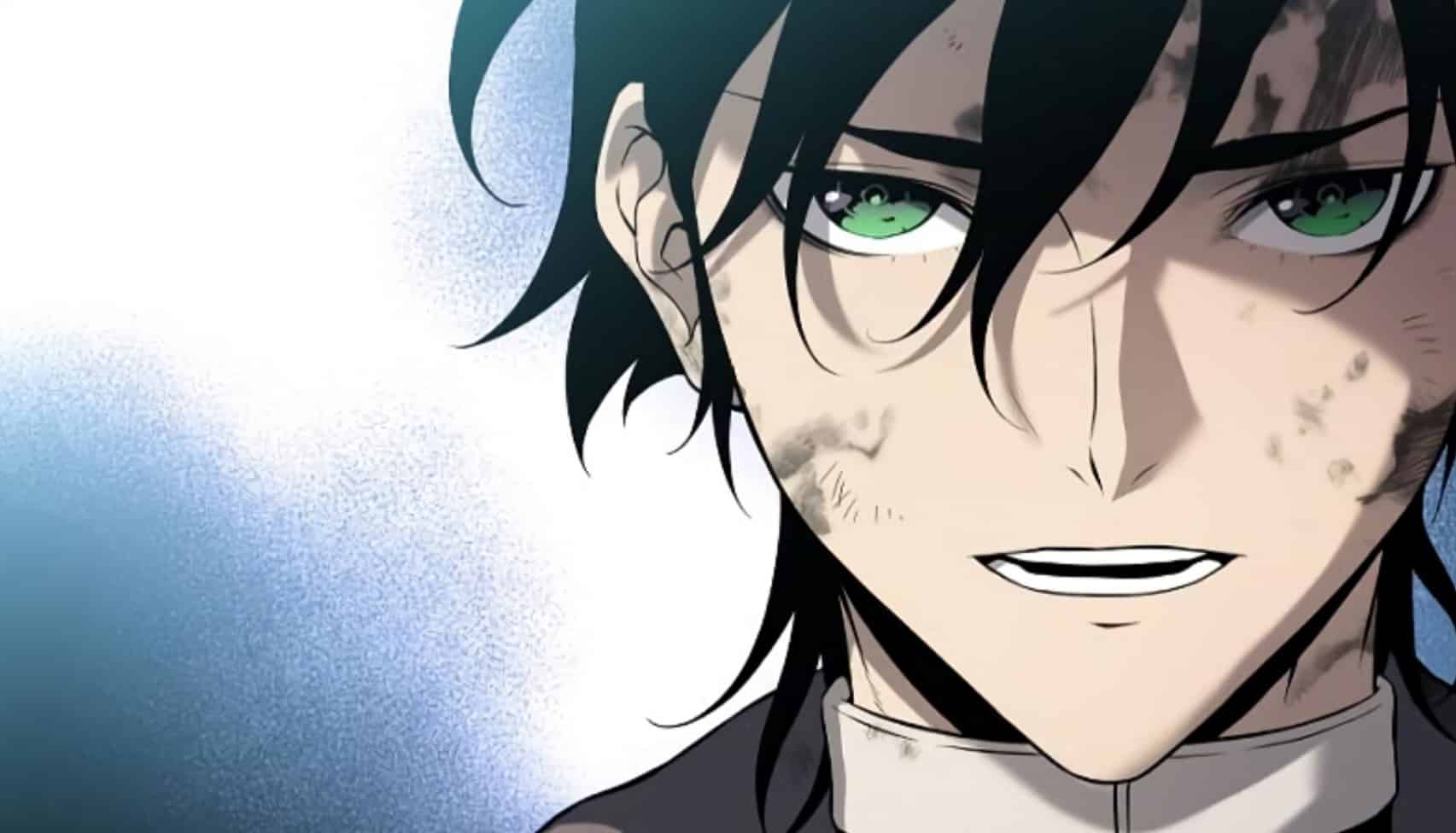
Chapter 15 of The Priest of Corruption employs potent symbolism and evocative imagery to enhance the narrative’s depth and atmosphere. These elements serve as metaphorical representations, adding layers of meaning and creating a vivid sensory experience for the reader.
The Corruption, The priest of corruption chapter 15
The central symbol in the chapter is the corruption that permeates the land. It manifests physically as a dark, viscous substance that consumes and taints everything it touches. This imagery represents the moral decay and spiritual emptiness that have taken hold of the realm. The corruption symbolizes the destructive power of sin and the corrosive nature of evil.
The Priest’s Staff
The priest’s staff serves as a potent symbol of his authority and power. Crafted from the bones of the slain demon, the staff represents the priest’s connection to the supernatural realm. Its twisted shape and jagged edges suggest the priest’s own struggle with corruption and his ambiguous morality.
The Broken Mirror
The broken mirror encountered by the priest symbolizes the shattered illusions and fractured identities that plague the characters in the story. It represents the inability of the characters to see themselves clearly or to understand their true nature. The broken shards reflect the fragmented and distorted state of their souls.
The Crimson Tapestry
The crimson tapestry woven by the priest’s apprentice depicts scenes of violence and despair. It represents the bloody history of the realm and the endless cycle of suffering that has plagued its people. The vibrant red color evokes a sense of urgency and danger, foreshadowing the impending conflict that threatens to engulf the land.
Setting and Atmosphere
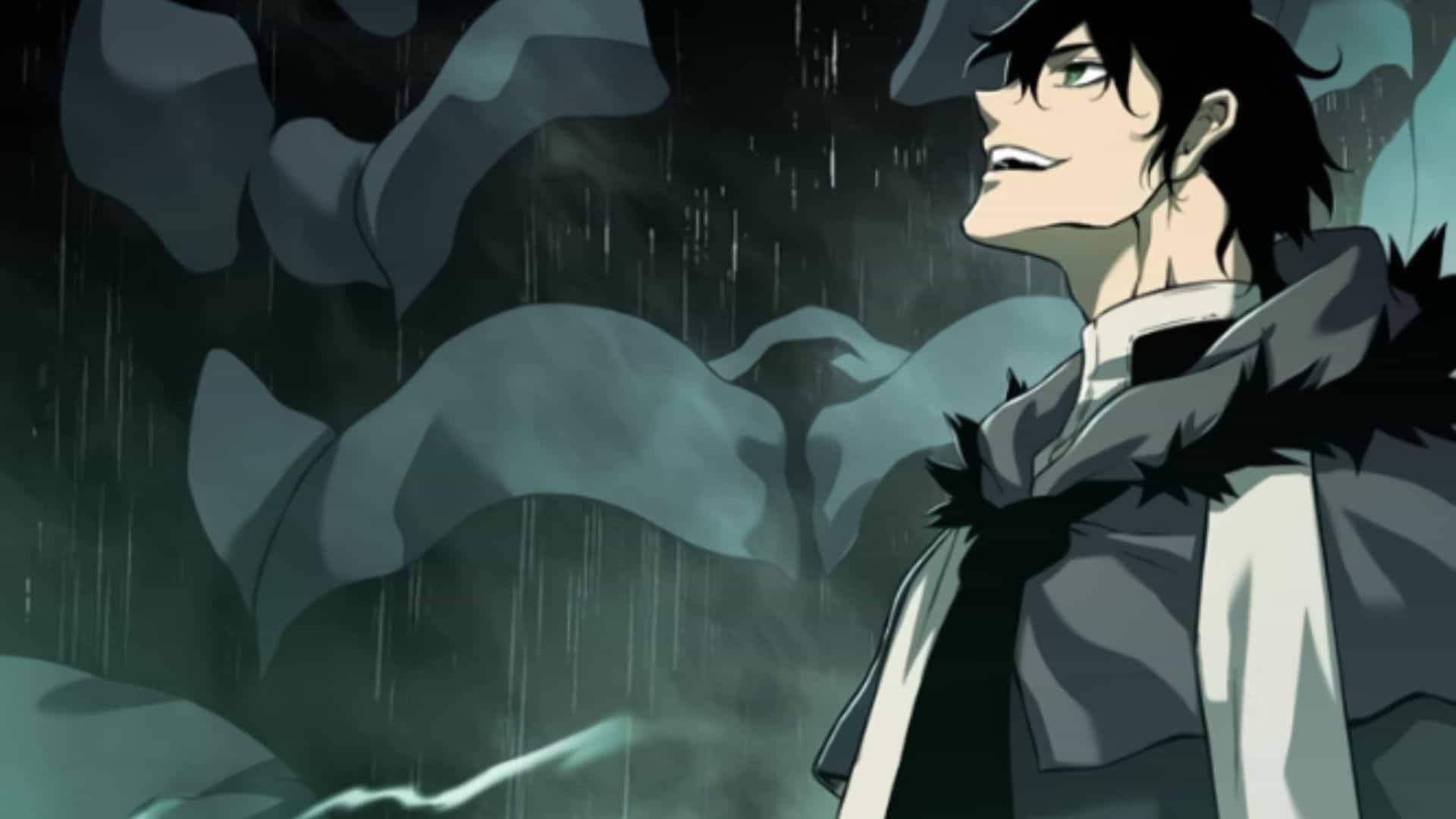
Chapter 15 of “The Priest of Corruption” unfolds within the confines of a dilapidated temple, a place steeped in an atmosphere of decay and ancient secrets. The setting plays a pivotal role in shaping the characters’ experiences and the overall tone of the story.
Sensory details are employed with masterful precision to create a vivid and immersive atmosphere. The musty scent of incense hangs heavy in the air, mingling with the faint odor of decay. Cobwebs drape the crumbling walls, and the flickering light of oil lamps casts eerie shadows that dance and distort the surroundings.
Sensory Details
- Musty scent of incense: Evokes a sense of age and sanctity, yet also hints at a sinister presence.
- Odor of decay: Underlines the temple’s dilapidated state and the passage of time.
- Cobwebs: Symbolize neglect and abandonment, creating a sense of desolation.
- Flickering light of oil lamps: Creates an atmosphere of uncertainty and mystery, casting an otherworldly glow on the surroundings.
The setting contributes significantly to the overall tone and mood of the chapter. The dilapidated temple serves as a physical manifestation of the corruption that has permeated the characters’ lives. Its crumbling walls and decaying interior mirror the moral decay that has taken hold of their souls.
Final Conclusion
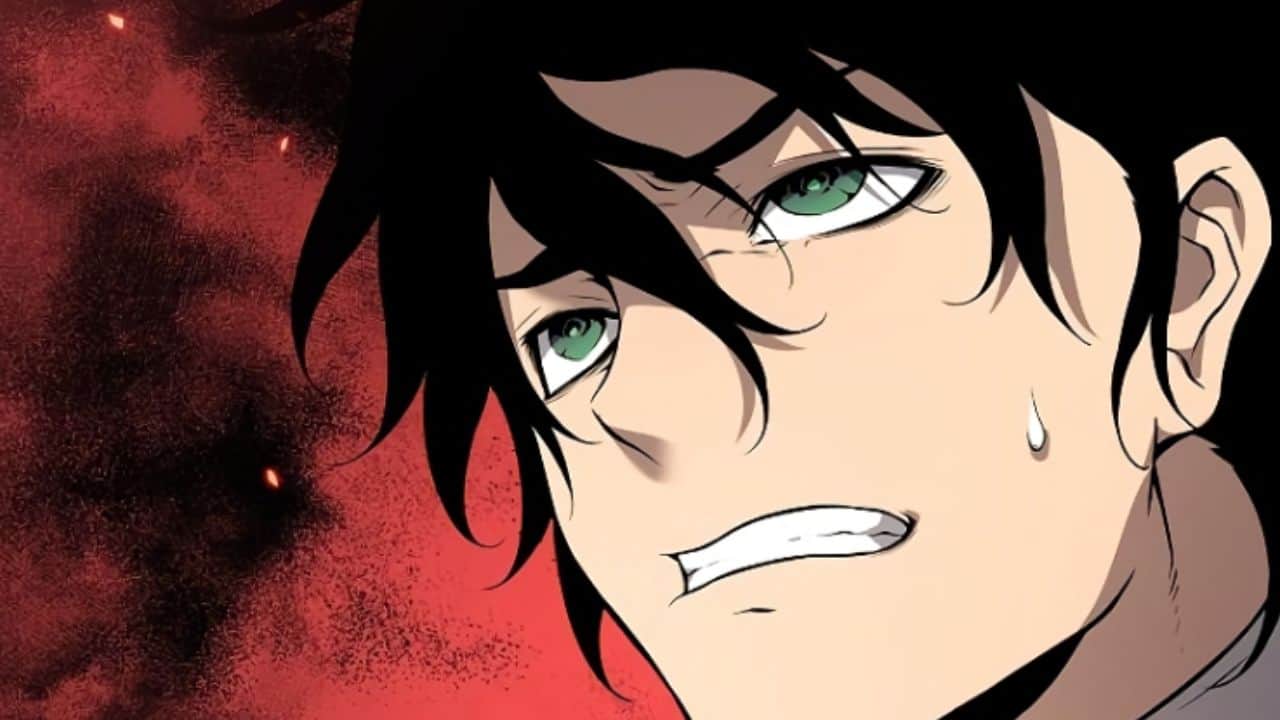
As we reach the conclusion of “The Priest of Corruption: Chapter 15,” a sense of resolution washes over us, yet a lingering anticipation remains. The chapter has left an indelible mark, challenging our perceptions and leaving us eager to delve further into the mysteries that lie ahead. The themes explored in this chapter will continue to resonate as the story progresses, shaping the characters’ journeys and the ultimate fate of the narrative.
Detailed FAQs
Who is the protagonist of Chapter 15?
The protagonist is a valiant warrior named Sir Kael, who embodies the virtues of honor and justice.
What is the central conflict in Chapter 15?
The central conflict revolves around the clash between Sir Kael’s unwavering belief in justice and the corrupting influence of the antagonist, Lord Maldred.
What are the key themes explored in Chapter 15?
Chapter 15 delves into themes of corruption, power struggles, betrayal, and the search for redemption.
